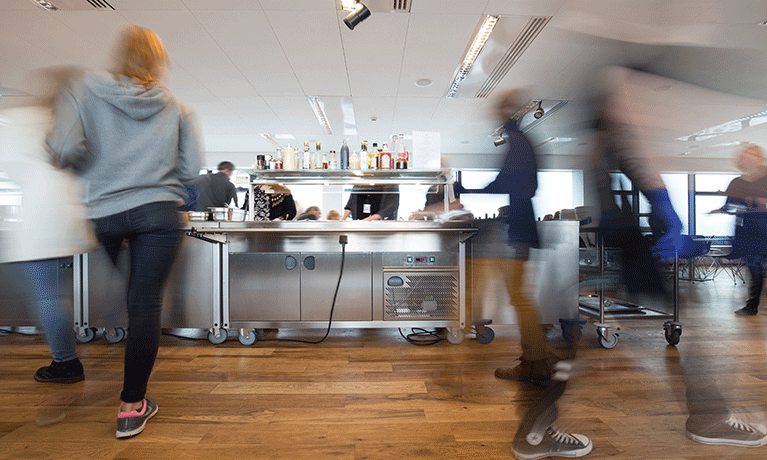Image: M Bahuguna/Shutterstock
Metro systems are considered one of the most efficient forms of travel, not just of public transport. Their ability to dissect urbanised and heavily built up areas with ease is commended and allow millions of people in the capitals and other cities across the globe to get their destinations without congesting the roads more so. It is no surprise that we continue to build them around the world, and as of June 2015, there are 35 new major metro systems under construction and so many others being expanded and/or renovated. However, we as commuters tend not to focus on the complexity behind them and are oblivious the countless difficulties associated with building them.
Deep excavation is an extremely challenging issue. The structural support implications that need to be considered just a few stories are substantial and require much forward planning to ensure the safety of those constructing the underground space. This of course multiples the deeper you go.
It’s over 150 years since the London Underground was opened as the world’s first metro system. There were no real safety regulations in place at this time. Nowadays in the UK, before any work can legally start certain information has to be provided to the Health and Safety Executive (HSE), including above ground conditions, underground structures and/or water courses and the location/s of existing services. This is to prevent the collapse of excavations and the falling/dislodging of material. As well the primary issues of structural support which can causes such catastrophes after increasing the open space below ground level, there is also the issue of the range of the lithology (clays, silts, sands and gravels) which can contribute to subsurface movement. These and other geotechnical problems excavating in non-ideal conditions are just some being currently faced by the construction team building a second metro line to cross paths with the first in Warsaw. Another metro system currently undergoing major expansion is Singapore’s Mass Rapid Transit.
With an existing 5 transit lines, the most recent addition, The Downtown Line, is currently at stage 1 of 4. Further plans are set for another 3 lines including the Cross Island Line which will be the longest in length at 50km and will span the entire width of the island city-state. The MRT is a system that ‘oozes future’, from the cleanliness to the efficiency. But with so much expansion planned for the next 15 years through one of the most built up cities in the world, there are numerous structural issues to be overcome.
Restructure is a collaborative project between Coventry University, Cogent Labs and the Singapore-MIT Alliance for Research and Technology Centre that investigates the feasibility of applying wireless sensing technology to the monitoring of civil infrastructures. Initially, this work is being carried out in the context of support structures for temporary excavations for Tube stations in Singapore.
The designs of Temporary Earth Retaining Systems (TERS) for deep excavation projects (such as Tube stations) are based on analyses that predict the expected structural loads and ground/wall movement during construction. Strict regulations on ground deformations are imposed in Singapore to minimise risk associated with construction and damage to adjacent structures and facilities, causing increased project costs. Therefore, the collection data streams of structural loading during excavation should allow for the investigation of the potential of in-network intelligence to improve network lifetime and integration of measurements with structural models in real-time.




Comments are disabled